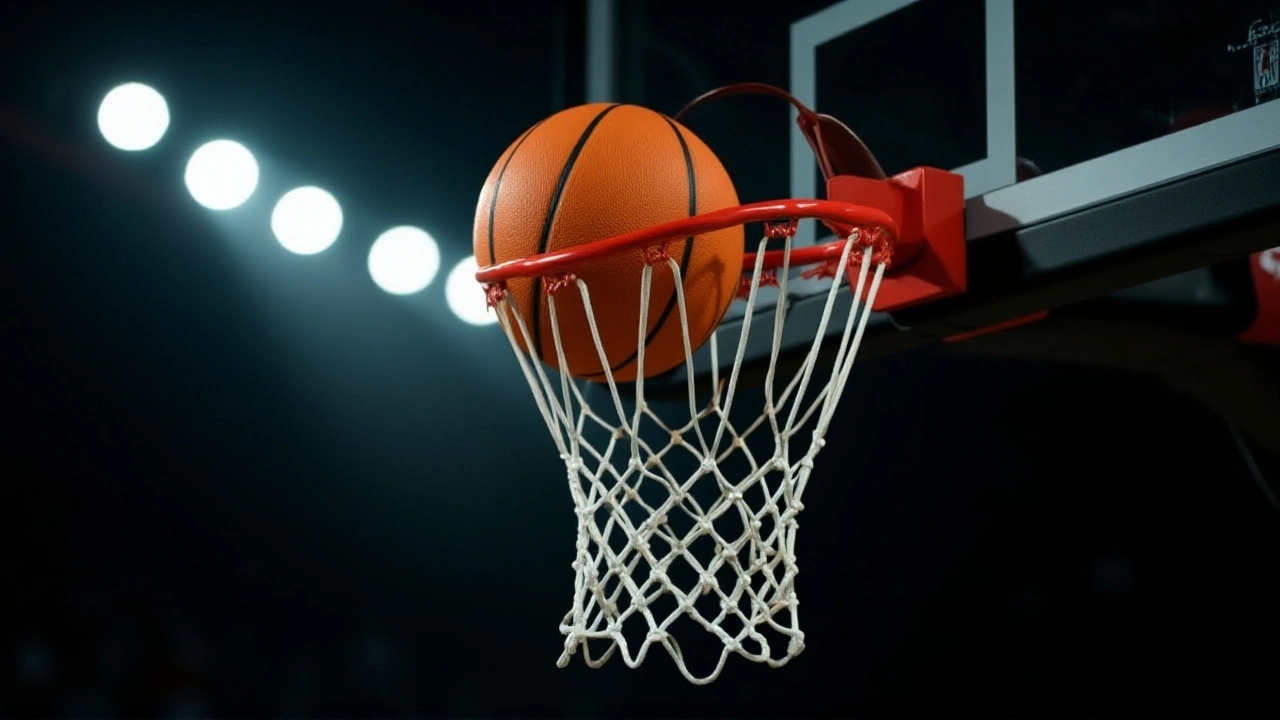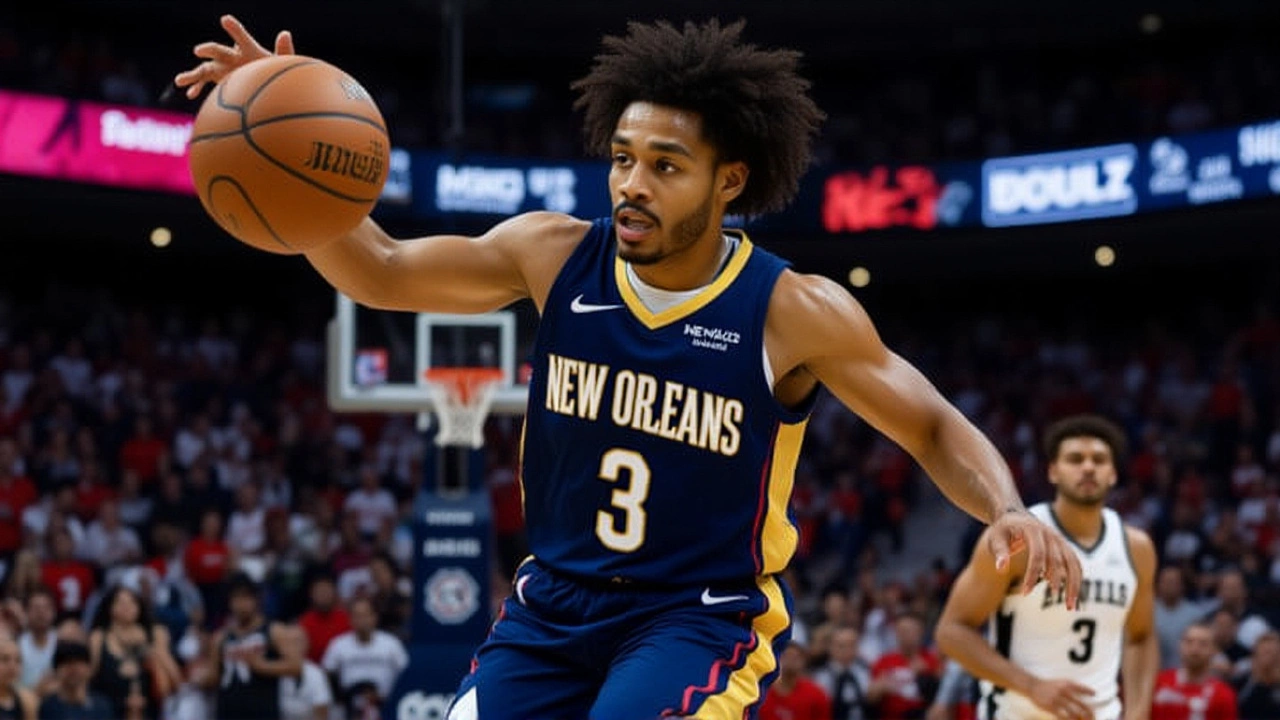The New Orleans Pelicans took on the Chicago Bulls on Monday, November 24, 2025, in a tightly contested NBA matchup that turned more on absence than action. Without Jordan Poole and Herb Jones, two of their most vital perimeter defenders and scorers, the Pelicans leaned heavily on the return of Zion Williamson — but even his explosive presence couldn’t fully offset the depth cracks forming in their roster. Poole, sidelined for 11 straight games since a left quad strain on November 4, was cleared for on-court work but still wasn’t allowed to touch a single defender in practice. Jones, fresh off a $68 million extension, missed his first game of the season with a right calf strain and is now projected to be out until at least December 2. The twist? The Pelicans are playing without their top three guards — Poole, Jones, and Dejounte Murray — all injured at once. It’s not a rebuild. It’s a survival mode.
When Recovery Isn’t Enough
Here’s the thing: Jordan Poole was medically cleared to resume basketball activities on November 24, yet he didn’t play. Why? Because the Pelicans’ medical staff and interim head coach James Borrego aren’t taking chances. Borrego, who took over mid-season after Willie Green’s dismissal, made it clear in his Tuesday press conference: Poole isn’t just sore — he’s not ready for contact. "He’s moving well, but we’re not putting him in a situation where he re-injures himself," Borrego said, according to The Athletic’s Will Guillory. That’s a cautious approach, especially for a player whose career has been punctuated by soft-tissue issues. This isn’t just a quad strain. It’s the longest absence of his six-year NBA career. And with the Pelicans clinging to playoff hopes, every missed game chips away at momentum.
Herb Jones: A Defensive Anchor Down
Herb Jones isn’t just a starter — he’s the glue. A 27-year-old defensive specialist who led the league in steals per 36 minutes last season, Jones missed just 20 games total in 2024-25 due to a shoulder injury. Now, a calf strain threatens to derail his momentum again. The Pelicans announced he’d miss "at least another week," with ESPN’s injury tracker pointing to December 2 as his earliest possible return. That’s bad news. Jones is the player who can guard 1 through 4, disrupt passing lanes, and finish lobs at the rim. Without him, the Pelicans’ perimeter defense has become porous. Rookie Jeremiah Fears has been thrust into the starting point guard role, and while his energy is undeniable, his decision-making under pressure remains raw. The team’s defensive rating has dropped 8.3 points per 100 possessions since Jones went down.
Zion’s Return — And the Weight He Carries
Zion Williamson’s return was the only bright spot. After sitting out Saturday’s game against the Atlanta Hawks as a "load management" precaution — a rare move for a player who rarely misses time — Williamson was back in the starting lineup Monday, flanked by Trey Murphy III and Saddiq Bey. He played 34 minutes, dropped 28 points, and grabbed 11 rebounds. But the numbers don’t tell the full story. He was visibly frustrated at times, trying to do too much, knowing his teammates were stretched thin. "I know they’re counting on me," Williamson said after the game. "But I can’t carry everyone. We need everyone." The Pelicans lost by 12. Zion wasn’t the problem. The missing pieces were.
The Ripple Effect: Rookies and Replacements
With Poole and Jones out, the Pelicans have turned to their bench like a poker player going all-in with a pair of twos. Micah Peavy, the 20-year-old rookie shooting guard, started his first game Monday and finished with 12 points on 4-of-14 shooting. Jeremiah Fears, a second-round pick from Memphis, is now logging 28 minutes a night — more than any rookie in franchise history since 2020. The team’s bench scoring has dropped from 42.1 to 28.7 points per game since the injuries piled up. It’s not just about scoring. It’s about rhythm. About chemistry. About trust. And right now, that’s evaporating.

What’s Next? A Tough Road Ahead
The Pelicans’ next game is Wednesday, November 26, 2025, against the Memphis Grizzlies at the Smoothie King Center in New Orleans. Poole and Jones are both expected to sit again. Poole’s next possible return? November 29, against his former team, the Golden State Warriors — a game that carries emotional weight. Jones might return during the December 2 or 4 home games against the Minnesota Timberwolves. But here’s the real question: Can the Pelicans stay competitive long enough for them to come back? They’re currently 10th in the Western Conference, just 1.5 games out of the final playoff spot. One more week of this, and the window could slam shut.
The Bigger Picture: Injury Culture in the NBA
This isn’t just a Pelicans problem. It’s a league-wide issue. The NBA season is longer, more grueling, and more physically punishing than ever. Teams are managing minutes, resting stars, and playing it safe — but when multiple key players go down at once, it exposes how thin the margin for error really is. The Pelicans have been hit harder than most. Murray’s Achilles rehab since October, Poole’s quad, Jones’s calf, Hawkins’s ankle — it’s a cascade. And with no trade deadline until February, they’re stuck. No reinforcements coming. Just resilience. And maybe, just maybe, a little luck.
Frequently Asked Questions
Why is Jordan Poole still out if he’s cleared for on-court activities?
Even though Poole has resumed shooting and dribbling drills, the Pelicans are holding him out of contact to prevent re-injury. His quad strain is the longest absence of his career, and with the team’s thin guard rotation, they can’t risk a setback. Coach Borrego confirmed Poole hasn’t participated in any full-contact practices as of November 25, indicating a cautious, phased return plan.
How critical is Herb Jones to the Pelicans’ defense?
Jones is the team’s defensive anchor — he ranked in the top 5 in steals per 36 minutes last season and guards multiple positions effectively. Since his injury, the Pelicans’ opponent field goal percentage from the perimeter has jumped by 7.2%, and their defensive rating has fallen to 21st in the NBA. His absence has created a void no rookie or role player has filled.
What’s the impact of having three starting guards injured at once?
The Pelicans are without Poole, Jones, and Murray — their three primary backcourt creators and defenders. This has forced rookies like Jeremiah Fears and Micah Peavy into heavy minutes, leading to a 35% drop in bench scoring and a 12-point decline in offensive efficiency. The team’s half-court sets have become stagnant, and opponents are exploiting the lack of ball movement.
When could Zion Williamson’s return be a turning point?
Zion’s return gives the Pelicans a legitimate offensive engine, but it’s only a partial solution. He can’t replace playmaking or perimeter defense. His true impact will be felt if he can draw double-teams and create open looks for shooters like Trey Murphy III — but only if the guards around him are healthy enough to execute. His return is a spark, not a cure.
Could the Pelicans make a trade before the deadline to fix this?
It’s unlikely. The Pelicans’ most valuable assets — their 2026 and 2028 first-round picks — are protected, and their young core is too valuable to trade. With Murray, Poole, and Jones all under contract through at least 2027, the front office is betting on internal recovery rather than external fixes. They’re banking on health, not acquisitions.
How does this injury cluster compare to past Pelicans seasons?
This is the worst early-season injury wave since 2020, when Zion missed 38 games and the team fell out of playoff contention. But this time, it’s not one star — it’s multiple. Three starters out simultaneously, including two key defenders, is unprecedented in the franchise’s modern era. The 2024-25 season saw 17 different players miss at least one game due to injury — this year, they’re on pace to shatter that record.
